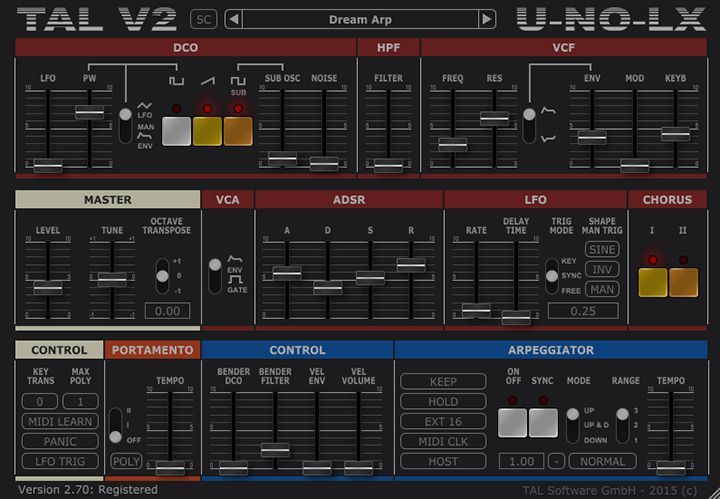Multi-instrumentalist and former Icon Instructor GRiDWORK takes us through the controls onboard Roland’s classic Juno-60 polyphonic analog synthesizer.
About Roland Juno-60
The iconic Juno-60 is a 61-key six-voice polyphonic analog synthesizer introduced by Roland in 1982 as a successor to the similar Roland Juno-6. The revamp keeps many of the same features along with some function updates and 56 additional patch presets . This classic synth sports digitally-controlled analog oscillators including a noise and sub-oscillator, an onboard chorus effect, resonant low-pass and high-pass filters, a single triangle-wave variable-rate LFO, ADSR filter envelopes, and more. There is also an option to arpeggiate and sequence notes when connected to the JSQ-60 sequencer. Although it doesn’t offer MIDI functionality like its successor, the Juno-60 retains that renowned Juno warmth and punch. Comparatively, however, the Juno-60 sounds better than the Juno-106. Of course, that wooden side panel look is a true sign of vintage status!
Furthermore, the Juno series is famous for its influence on electronic music. To this day, musicians create hit records with Juno products or emulations that recreate the classic sounds of a Juno.
Check out Juno-60’s 56 classic factory patches in the following video. Discover why so many consider it as one of the most influential synths of all time.
Plenty of these sought-after synths still circulating the market, but they are expensive. If you’re looking for a more affordable way to capture the famed sounds of this classic, then look no further than TAL’s U-NO-LX.
TAL-U-NO-LX is a near authentic emulation of the popular Juno-60. The plugin’s architecture is virtually identical to the hardware’s setup. It features one oscillator per voice, a square wave sub-oscillator, one envelope generator, a resonant 24dB/oct low-pass filter, and that famous chorus circuit. In addition to the classic features, TAL equipped this recreation with modern upgrades such as portamento, different filter LFO waveforms, MIDI learn, 300 factory presets, and more.

Learn Synthesis at Icon
Looking to level up your productions further? Unlock your potential at Icon and learn how to master the craft of sound design through our comprehensive Synthesis course. The art of sound design is a cornerstone of electronic music production. The practice of sound design is also deployed in a variety of disciplines including filmmaking, television production, radio, sound recording, live performance, post-production, video game development, and more. The course explores fundamental synthesis techniques, delves into the vast universe of software instruments, and teaches you how to employ them for maximum sonic potential.

Turn your passion for music into a Profession: Learn more about our Music School Programs!
MORE ARTICLES FROM THE ICON BLOG

FIND YOUR SOUND, HONE YOUR CRAFT:
Are you ready to turn music into a career? ICON prepares students to become music producers, composers, performers, recording artists, professional DJs, and entrepreneurs in the entertainment industry. Click below to get information about our award-winning programs:

